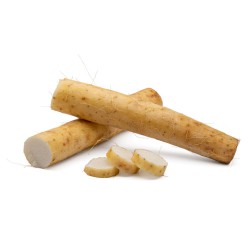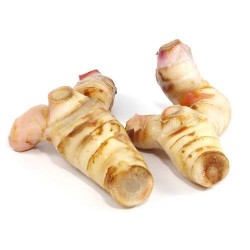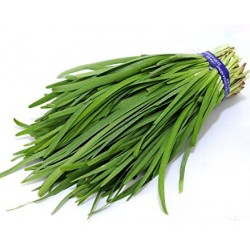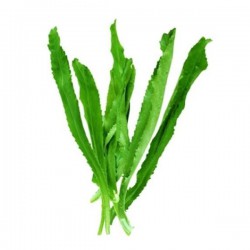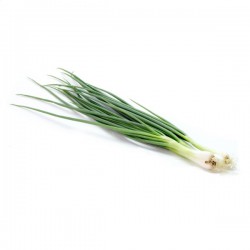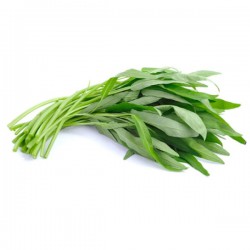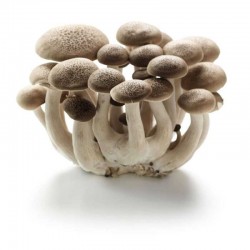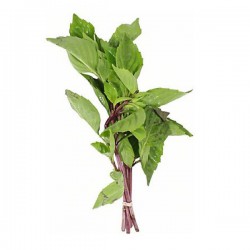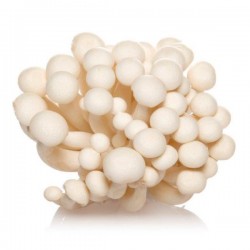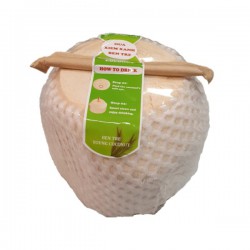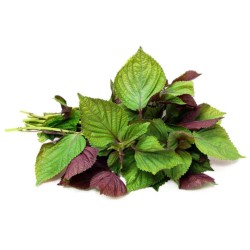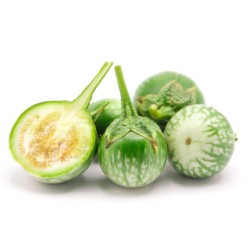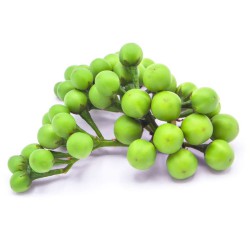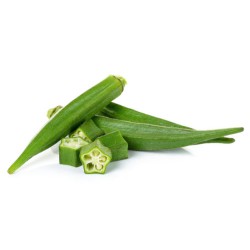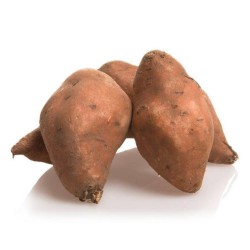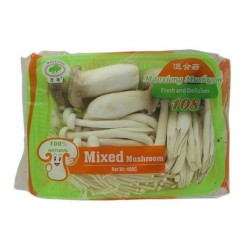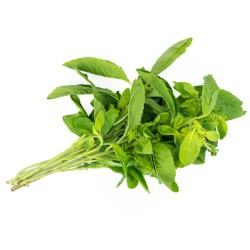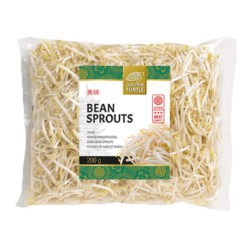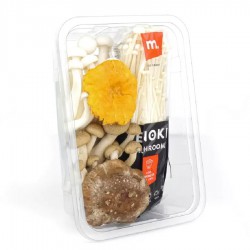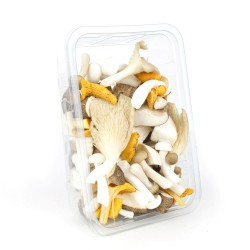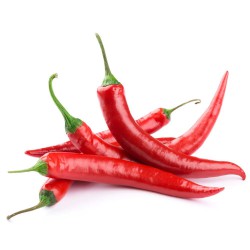Derfor har over 21.000 handlet her
Fresh Fruit and Vegetables
Fresh fruit and vegetables from Asia
Due to the large climatic differences, there is also a big difference in which fruits and vegetables are grown in Asian countries compared with what we can grow here at home. While in Denmark there is a strong tradition of growing cereals, rapeseed, potatoes, strawberries and the like, this is far from the case in many Asian countries. There, rice is typically grown in rice paddies, along with a lot of fruits and vegetables that require climates ranging from rainforest to subtropical.
Many of these ingredients appear in a wide range of Asian dishes, which is why it is also important for us here at Den Kinesiske Købmand that we receive fresh supplies several times a week. We know how essential it can be to have the perfect ingredients when you set out on your next culinary adventure.
Kinaradise - The Asian carrot
A Chinese radish is called daikon in English, and is a long, white root. In Asian kitchens it is used much like carrots are here. In Japan the daikon is often pickled and served, for example with salads or eaten raw. In China it is incorporated more into the cooking itself, where two classic dishes featuring the radish are That isn't Danish — it's Mandarin pinyin: "luóbo gāo" (萝卜糕). English: "radish cake" (also called "turnip cake," a Chinese steamed/fried daikon cake)., "a savory dim sum dish that can be reminiscent of a potato cake, and so" Note: The Danish phrase ends with "og så", which is incomplete — it can mean "and so on" or "and then" depending on context. Alternatives: "…, and so on" or "…, and then". "Chai tow kway" — fried radish cake (also called "carrot cake" in Singapore/Malaysia; the Hokkien name for a savory daikon cake dish)., which is also a dim sum dish consisting of pan-fried cubes of daikon (Chinese radish).
Lemongrass — an unusual herb
In tropical climates lemongrass grows — a shrub with long, green stalks. The stalks have a very characteristic lemon scent and flavor, which is used in a number of Asian dishes. Both fresh and dried lemongrass can be used here, each imparting its own character to the food. Lemongrass is also an ingredient found in many curry pastes, where it adds a tangy note to dishes. With us you'll primarily find fresh lemongrass, sold in bundles of various sizes.
Galangal root — ginger's cousin
Roots are widely used in Asian cuisines, where ginger in particular plays a major role. However, ginger doesn't have the kitchen all to itself — it has a cousin whose flavor is somewhat similar yet entirely its own: the galangal root. This small tuber, like lemongrass, is often used in curry pastes and blends, where its unique taste contributes to the overall flavor profile. Galangal is a root that comes in a number of different varieties. These variants are close to one another in flavor, yet each has its own distinct character that makes it unique in taste.
However, it is not a root that is used only in the kitchen. In India, extracts of the root are made that are used in perfume, and in some Turkish communities galangal is used to brew tea. Historically, the root has been known to have a beneficial effect on the digestive system.
The plant grows with long stems underground, where the tubers are connected in a network that extends up to two meters. The tubers have a scent reminiscent of lemon, pepper and spruce needles.
A large portion of the vegetables are flown in directly from Thailand twice a week.

 EN
EN
 DA
DA
 ZH
ZH













